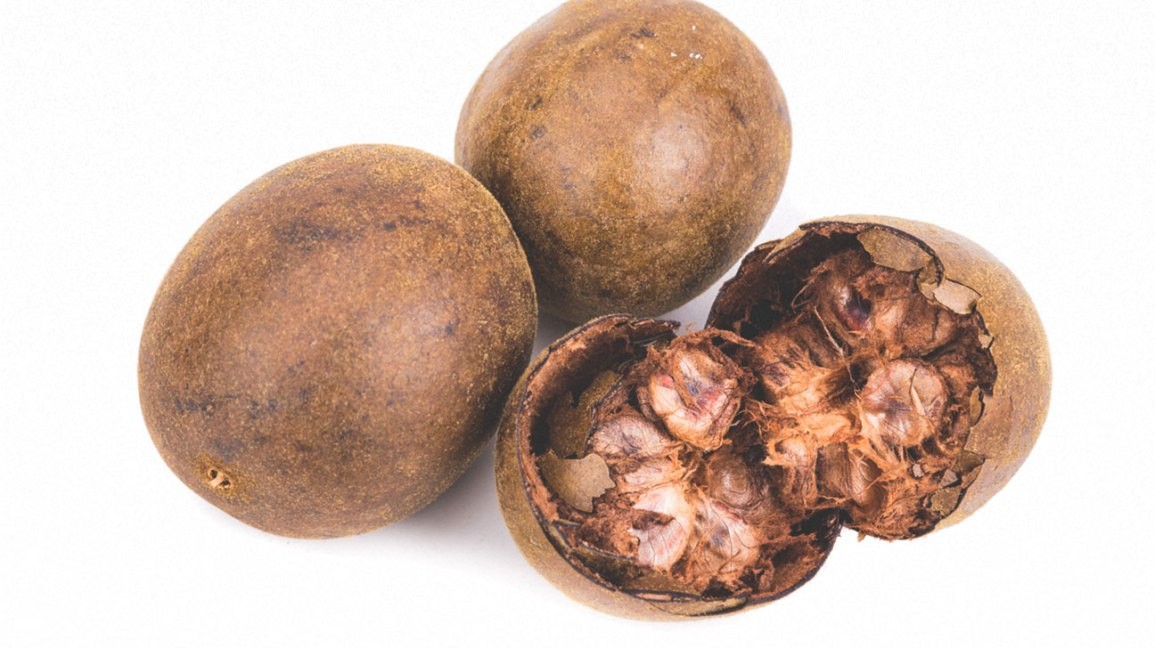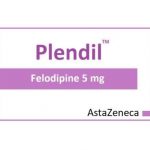
Contents
What Does Monk Fruit Do to Your Body?
Monk fruit is a small, round, sub-tropical fruit native to Southern China that prevents oxidative damage, reduces blood sugar, boosts immunity, and provides other benefits.
Monk fruit, also known as luo han guo or lo han guo, is a natural sweetener with healthy nutrients. It is named after the Buddhist monks who first grew it in the remote mountains of China over 800 years ago.
Monk fruit may not look appealing, but it is a natural sweetener with healthy nutrients.
Here’s everything you need to know about monk fruit’s health benefits and how to include it in your diet.
Monk fruit belongs to the gourd family, Cucurbitaceae, and its scientific name is Siraitia grosvenorii. It grows on a vine in orchards on steep mountains with forests. Asian growers harvest, dry, and distribute monk fruits in local and global markets to make sweet, low-calorie food and drinks.
The U.S. FDA recognizes monk fruit as Generally Recognized as Safe (GRAS), meaning it is safe for eating and doesn’t have serious side effects.
What is the nutritional value of monk fruit?
Monk fruit is known for its delicious, sweet taste that comes from natural antioxidants like flavonoids and mogrosides. It is gaining popularity as a natural, low-calorie sweetener.
Monk fruit extract, also known as swingle fruit extract, is 100 to 250 times sweeter than powdered sugar, and monk fruit juice is 15 to 20 times sweeter than other fruit juices. It only requires a small amount to sweeten foods and beverages, reducing sugar intake by 50%.
What are the health benefits of monk fruit?
Monk fruit extract has been used in traditional medicine for centuries. It prevents oxidative damage, reduces blood sugar levels, prevents obesity, boosts immunity, reduces cough, protects the liver, kills bacteria and fungus, reduces tiredness, and may have cancer-fighting properties.
Studies show that monk fruit’s antioxidants, such as flavonoids and mogrosides, have protective effects by preventing the formation and eliminating free radicals that can damage cells. They also repair damaged cells, reduce inflammation in the pancreas, improve insulin activity, and prevent complications in diabetes.
Monk fruit’s mogrosides improve fat breakdown, suppress fat and cholesterol levels, and reduce body weight. They also increase immune system activity and function, reduce cough frequency and mucus production, protect and repair the liver, and have potential antimicrobial effects.
Monk fruit can treat fatigue and decrease tiredness after exercise by increasing glycogen levels in the liver and muscles without increasing lactic acid levels.
How to include monk fruit in your diet
Add monk fruit to your diet to enjoy its natural sweetness and low-calorie goodness. You can enjoy it as it is or have monk fruit juice instead.
Monk fruit extract is commonly used to make sweeteners for meals, desserts, and beverages. It is made by removing the fruit’s skin and seeds, crushing it, and extracting the sweetness in liquid or powder form.
Other considerations
Eat monk fruit in moderation and consult your doctor if you have a monk fruit allergy.
QUESTION
SOURCES:
FDA: "Additional Information about High-Intensity Sweeteners Permitted for Use in Food in the United States."
Food Insight: "Everything You Need To Know About Monk Fruit Sweeteners."
Frontiers in Pharmacology: "Screening Bioactive Compounds of Siraitia grosvenorii by Immobilized ß2-Adrenergic Receptor Chromatography and Druggability Evaluation," "The Fruits of Siraitia grosvenorii: A Review of a Chinese Food-Medicine."
Monk Fruit: "For the Whole Family," "Frequently Asked Questions," "What Is Monk Fruit?"
Pantnagar Journal of Research: "Monk fruit (Siraitia grosvenorii) – health aspects and food applications."
Plos One: "Mogrol Derived from Siraitia grosvenorii Mogrosides Suppresses 3T3-L1 Adipocyte Differentiation by Reducing cAMP-Response Element-Binding Protein Phosphorylation and Increasing AMP-Activated Protein Kinase Phosphorylation."


